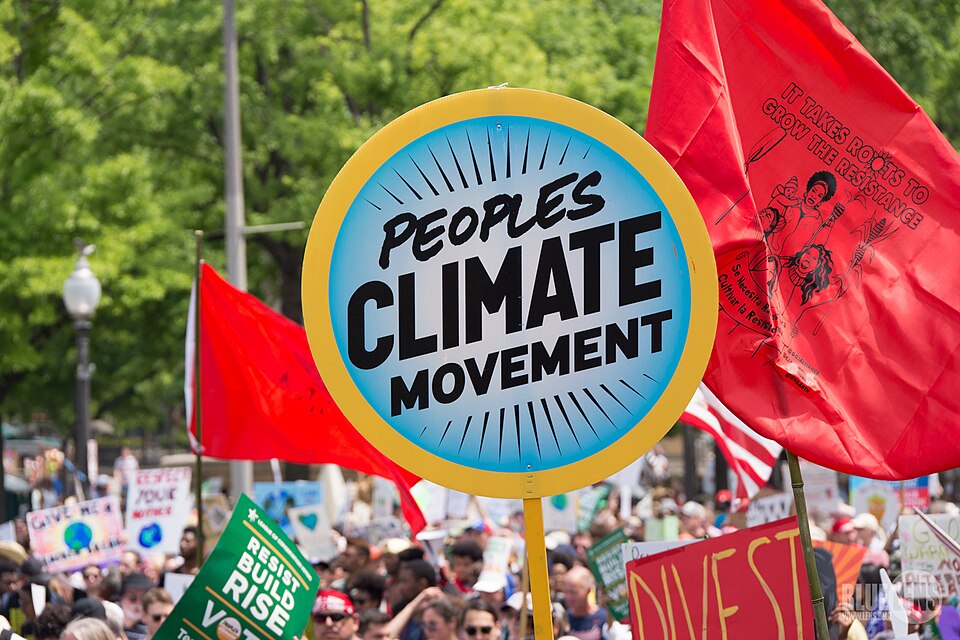Guide to Climate and Environmental Action
In a democratic society, the power to address the climate crisis lies with the people. And it begins at home, our backyards, our neighborhoods and local communities.
When we think about effective climate action, there are many different factors and options to consider, from working within your local community to advance climate resiliency projects and urging the media to meet its climate commitments, to supporting the growth and popularity of climate fiction. Climate action can also be aided by reframing the climate crisis. Instead of seeing it only through a scientific lens but rather as a form of oppression by the wealthy elite or a matter of children’s rights, the climate crisis can be addressed on a systemic, sociopolitical level.
This guide explores various ways to approach climate action and activism, including concrete examples you can use in your own backyard and local community, plus success stories that can be emulated and reproduced wherever you are.

